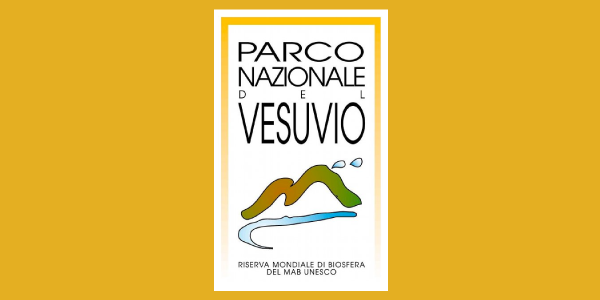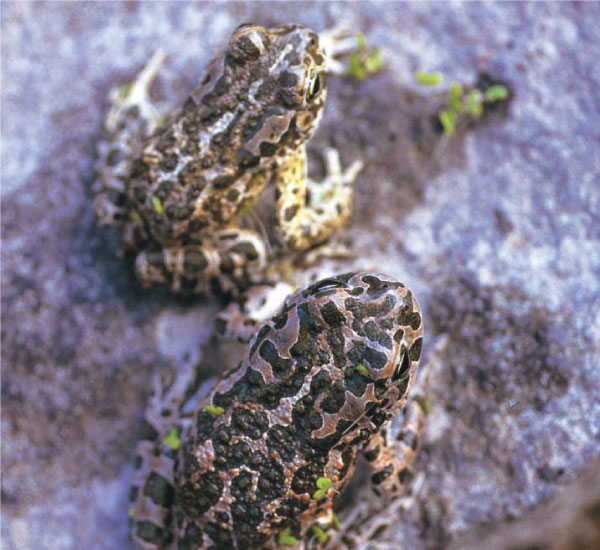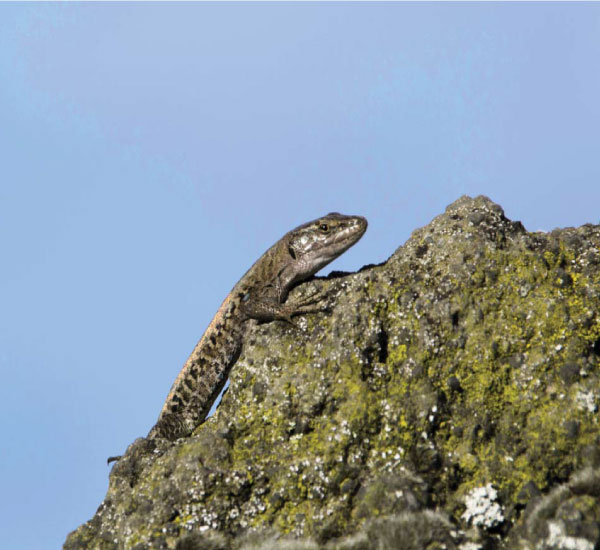The herpetofauna that populates the Somma-Vesuvius volcanic complex is currently made of only two species of amphibians, the edible frog and the European green toad, and eight species of reptiles.
Amphibians were represented in the past by other species that have now disappeared: the spectacled salamander (Salamandrina tergididata), whose controversial presence on the volcano has animated many zoological discussions, is noteworthy; it seems that it was discovered and described for the first time on the Vesuvius in the early nineteenth century.
The scarcity of wells and surface waters, in addition to the strong anthropization of the territory, are limiting factors for this class of vertebrates.
The European green toad (Bufo viridis) is widespread on the eastern, northern and western sides of the volcanic complex; being protected by the “Habitat” Community Directive, this species presents emerald-green spots on the back and concentrates the reproductive effort in a few days in spring, exploiting the ephemeral puddles of the first spring rains.
Hierophis viridiflavus / © Giuseppe Di Martino
Reptiles find ideal conditions for reproducing in the natural environments of the park, therefore the Vesuvius is a very important area for the conservation of these animals in Campania.
The most widespread species of reptiles are the Italian wall lizard (Podarcis sicula), the Colubridae, harmless snakes, with the exception of the Vipera aspis.
The most common snake is the green whip snake (Coluber viridiflavus), while the most showy one is the very rare four-lined snake (Elaphe quatuorlineata). It’s also worth mentioning the presence of the Aesculapian snake (Elaphe longissima).
Two small sauria, the Tarentola mauritanica and the Mediterranean house gecko (Hemidactylus turcicus) are often found on walls and inside houses. Amphibians and reptiles are of great importance as they are useful indicators of environmental degradation.


